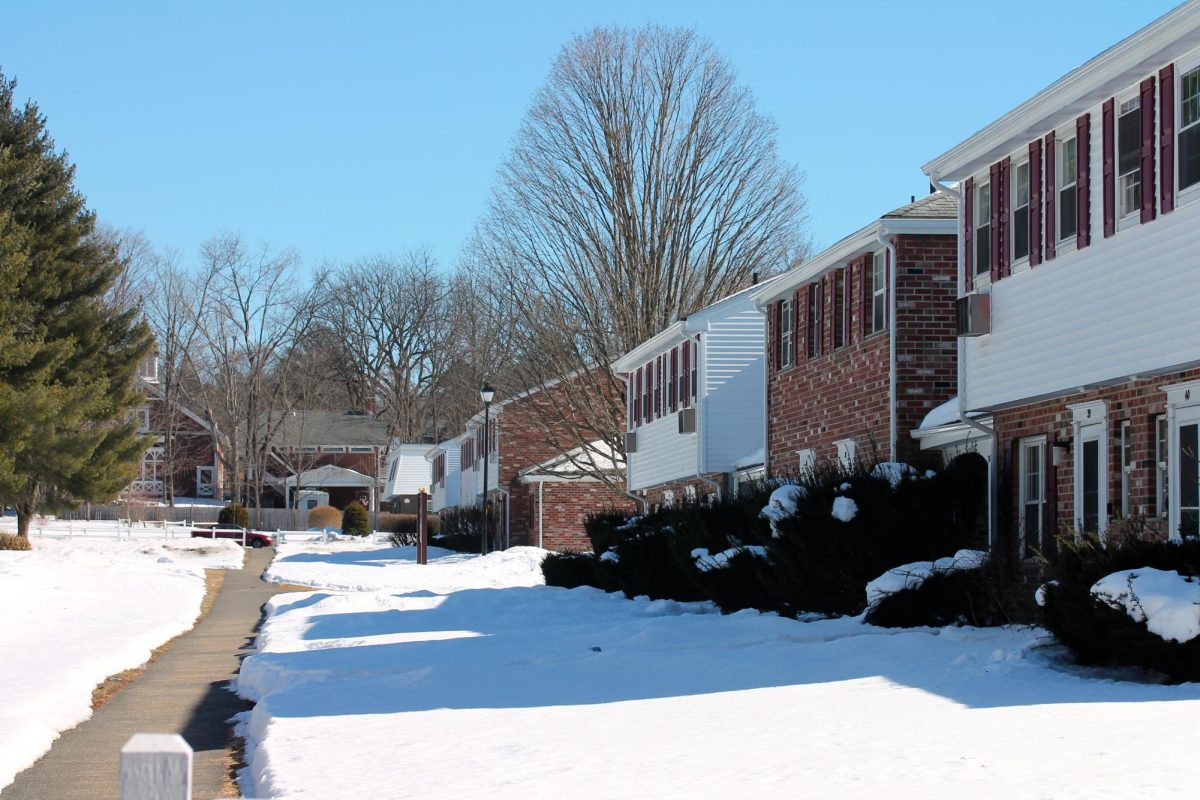Students and faculty are invited to view the sunrise and sunset of the Autumnal Equinox at the University of Massachusetts Sunwheel on September 22 and 23.
Doctor Judith Young, a member of the Astronomy department is the one responsible for having a Sunwheel erected at UMass.
According to the Young’s Sunwheel information site, a Sunwheel is a type of solar calendar made up of an outdoor stone circle. The stones of the circle line up with the positions on the horizon of the rising and setting sun at the times of the solstices and equinoxes. The most famous example of a Sunwheel is Stonehenge.
Young is also the organizer of the solstice and equinox viewings that occur every year. The event is will be attended by members of the Astronomy department and anyone else who wishes to attend.
Following the viewings, there will be a presentation about the seasons, the sun and moon, as well as a history of the Sunwheel itself. A question and answer session will also take place.
The Autumnal Equinox, which takes place on September 22 at 12:30 p.m. will signify the start of autumn and the days will begin to get shorter soon after. The equinox also signals the time when clocks should be set back one hour at midnight between September 21 and September 22.
For people wishing to visit the Sunwheel, Young advises to dress in warm clothing, suitable for standing still on wet or soggy ground and to arrive at 6:45 a.m. to watch the sunrise and at 6:00 p.m. to watch the sunset. T-shirts and sweatshirts will be on sale and a $3 donation is requested to help cover the cost of future stone work at the site.
If there is rain on either day, the events for that day will be cancelled, though people are always welcome to visit the site by themselves.
The Sunwheel is located south of Alumni Stadium, just off Rocky Hill Road. According to Young, the location was chosen because it provided all necessary elements for an effective Sunwheel, including an open, accessible area, a clear view of the horizons uninhibited by trees or buildings.
The Sunwheel’s construction was approved by the Faculty Senate in 1995. Work was then done to find the best location for the Sunwheel on campus and construction began in 1997. Small, two-foot stones were first used for the circle, but a grant from the National Science Foundation in 1999 made it possible to erect eight to 10-foot stones instead, in November 2000.
In the future, Young hopes to do further construction at the Sunwheel, including a stone path and patio, as well as an exhibit of new Moonstones. The cost of construction so far has been $25,000 and the cost of materials has been close to $50,000.
For more information on the Sunwheel, visit www.umass.edu/sunwheel.






